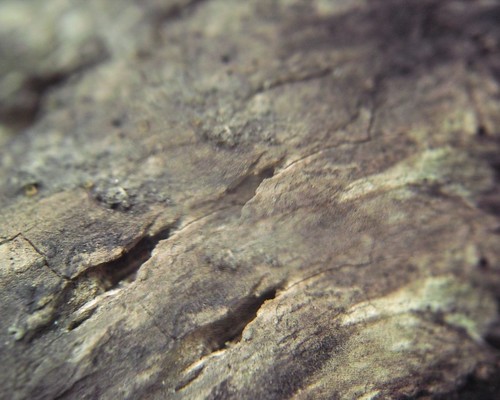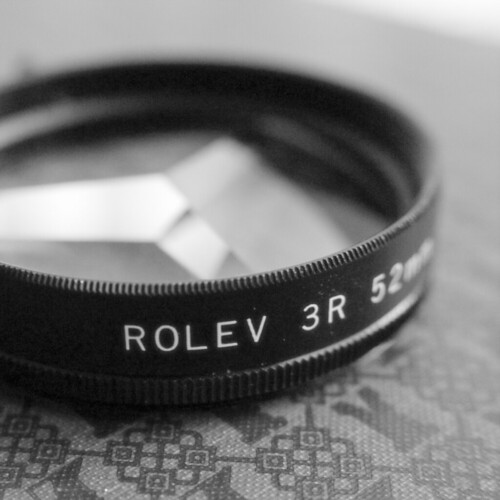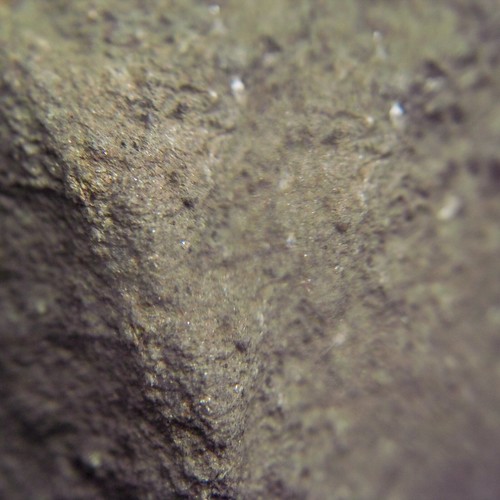Photographic Toy as Photographic Tool тАУ 3R
Note: this article originally appeared on http://brhefele.brainaxle.com.
There has long been a movement in photography in contrast to the Leica shooters who settle for nothing but the purest glass. These photographers instead opt to embrace the effects of the flaws present in toy cameras with their plastic lenses and light leaks. Some people even put toy camera lenses on their fancy DSLRs. Experimental photographers have long embraced expired film, and processing film improperly (warning, links contain some amount of film snobbery).
When I discovered that I had an old 3R filter (seen above) that would fit on my DP2 (I believe I found the filter years before in a discount filter bin, probably paid about a dollar for it), I initially just cast it aside as a stupid, gimmicky toy. A 3R filter essentially repeats part of an image three times over itself (a 5R five times, a 9R nine times, etc.). To demonstrate furtherтАж

тАжwhich is, in reality, a photo of one bottlecap. Aside from the obvious tripling of the bottlecap, there’s a subtler tripling of the woodgrain. The wood forming lines through the bottlecaps is even evident (with the contrast pushed rather far).
Eventually I realized that I could probably subvert the 3R and use it as an actual creative tool, albeit an unpredictable one, in the spirit of toy photography. My thought was that by tripling existing, expected patterns (much like the woodgrain above), an exciting illusion can present itself, a convincing fake of a too-perfect pattern. Photos which are, in a sense, simulacra of that which they really are. At first I was lazy about this, but more recently I have tried harder. Lining up the most obvious replications, and allowing the minor patterns to fall where they will. In the above shot, I was particularly careful to adjust the filter (and myself) so that the strong diagonal corner of the rock overlapped itself, leading to a pretty convincing photo at first glance. Only in the details is the repetition made more clear. The cheap optical element, as well as resolution loss due to the prismatic shape of the filter lends so some interesting color, strange blurring, and occasionally exaggerated chromatic aberrations, which help give these photos more of a typical ‘toy camera’ feel as well.
One last photo to point out two more things. First, something which is rather uniform in nature to begin with (such as water) can be pretty convincing without much extra help. Second, the notion of the filter leads to some very interesting shapes in the highlights (see the sparkles on the left), which should mean some interesting bokeh is possible (if you could make a reasonable composition which would also have the opportunity for nice bokeh spots – that would likely be the trick).



